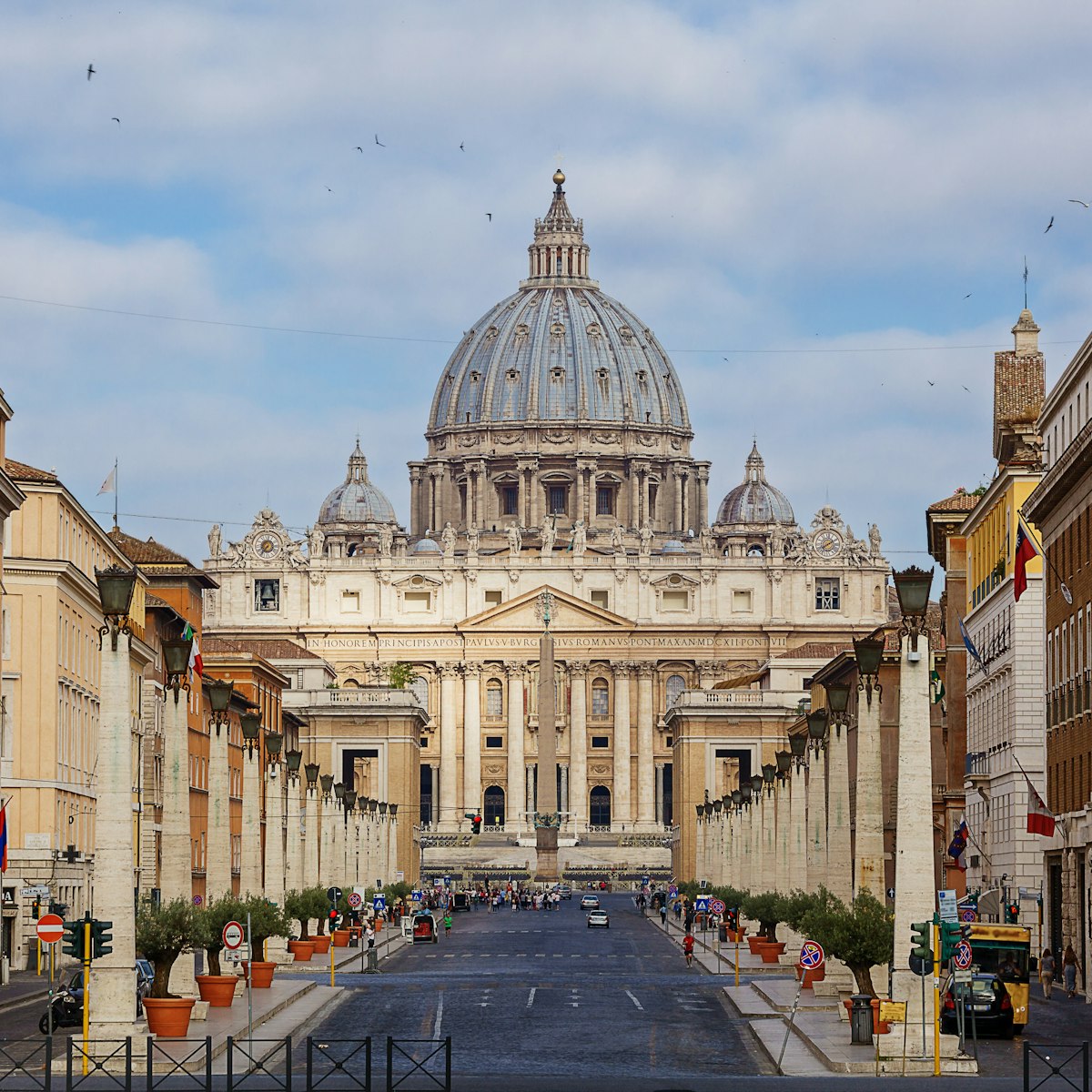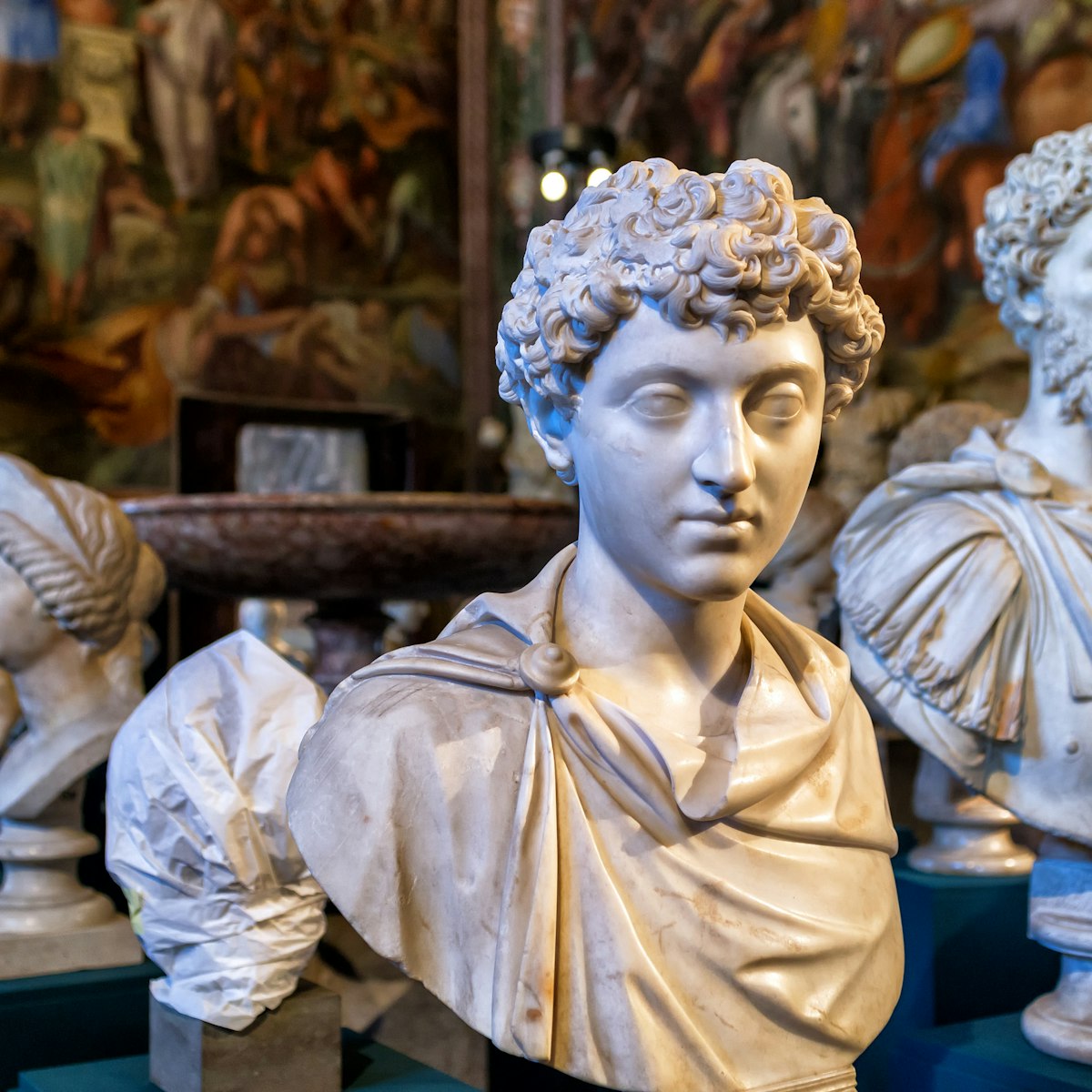Locals, lovers, tourists, joggers – no one can resist the lure of Rome's most celebrated park. Originally the 17th-century estate of Cardinal Scipione Borghese, it covers about 80 hectares of wooded glades, gardens and grassy banks. Among its attractions are the landscaped Giardino del Lago, Piazza di Siena, a dusty arena used for Rome’s top equestrian event in May, and a panoramic terrace on the Pincio Hill.
History
Often referred to as the Villa Borghese Pinciana – due to its location on the Pincio Hill – the construction of the neoclassical masterpiece that stands in the middle of Rome’s third largest park was commissioned to architect Flaminio Ponzio by the powerful Cardinal Scipione Caffarelli Borghese, a relative of Pope Paul V, in 1606.
Originally surrounded by vineyards and hunting grounds, the villa and its park underwent substantial renovations in the late 18th century, under the guide of Prince Marcantonio who hired artists, architects and gardeners to upgrade the property. The Giardino del Lago – an artificial lake built around a gracious Ionic temple dedicated to Aesculapius – was one of the most impressive additions, but many other temples and sculptures contributed to transforming the gardens into an open-air museum.
Following the Unification of Italy in 1861, a lengthy legal dispute between the Borghese and the government ended with the acquisition of the property by the Italian state. The transfer included the invaluable artworks the Borghese family had collected over centuries, which is now exhibited in the Museo e Galleria Borghese.
Tips and other practicalities
Film buffs should head to the area around the Piazzale San Paolo del Brasile entrance, where the Casa del Cinema hosts regular film-related events, and the Cinema dei Piccoli is one of the world’s smallest cinemas.
Bike hire is available at various points, including the Bici Pincio kiosk in the southern part of the park for €5/15 per hour/day, as are four-seater electric bikes (€20 per hour).










